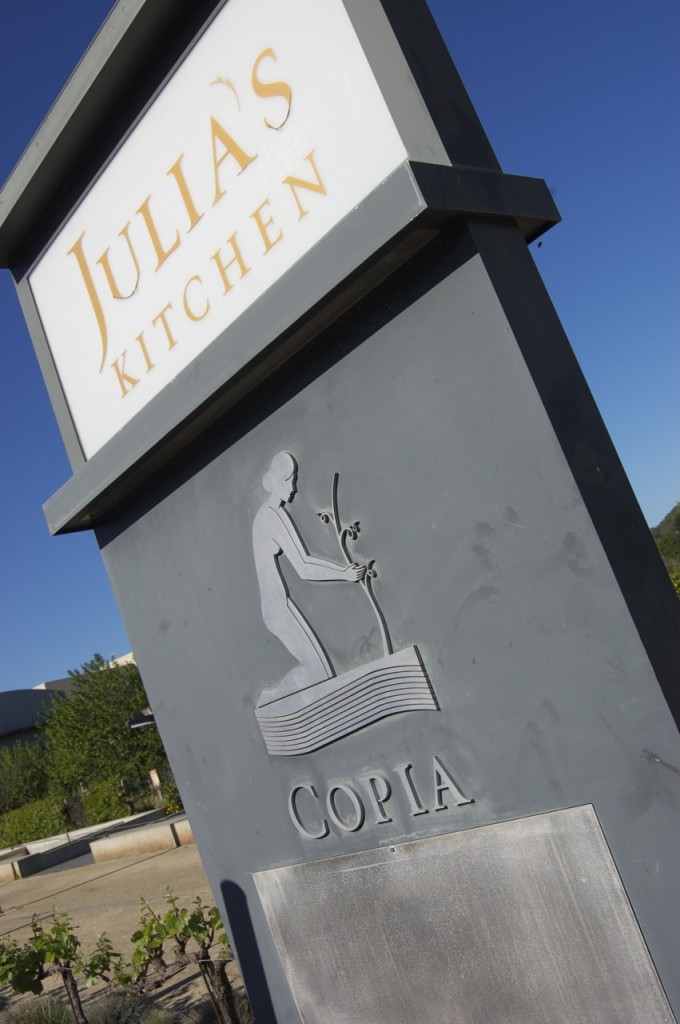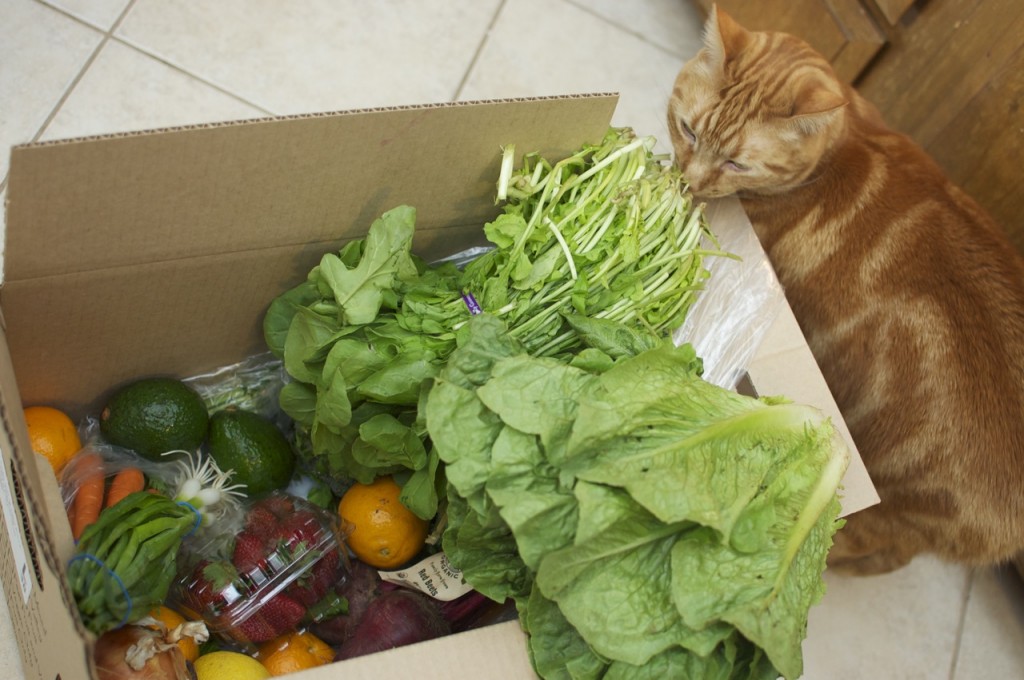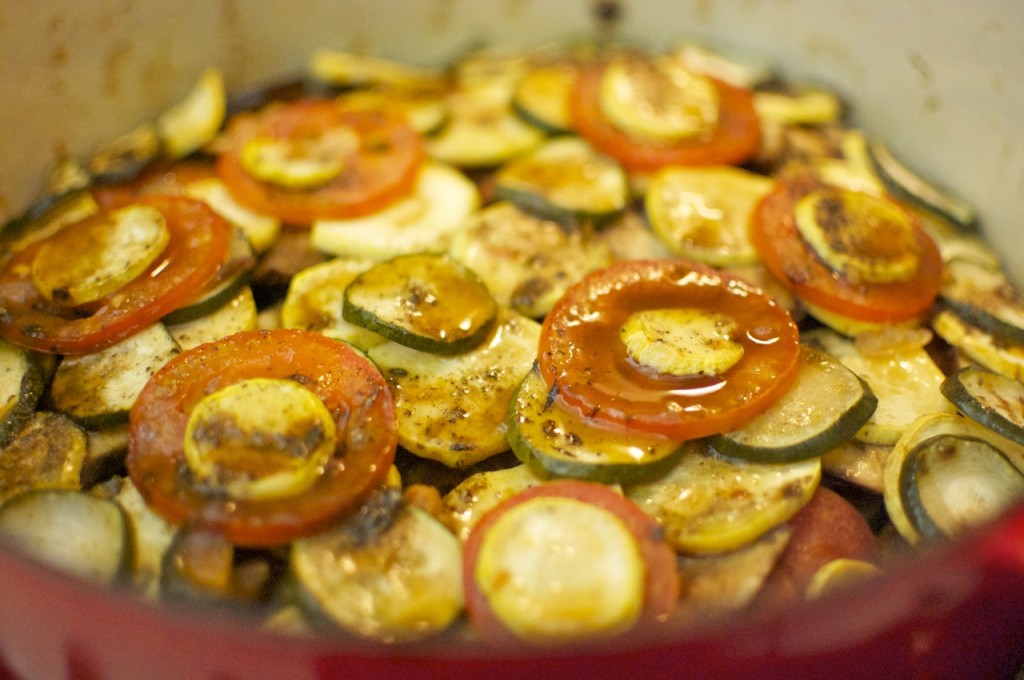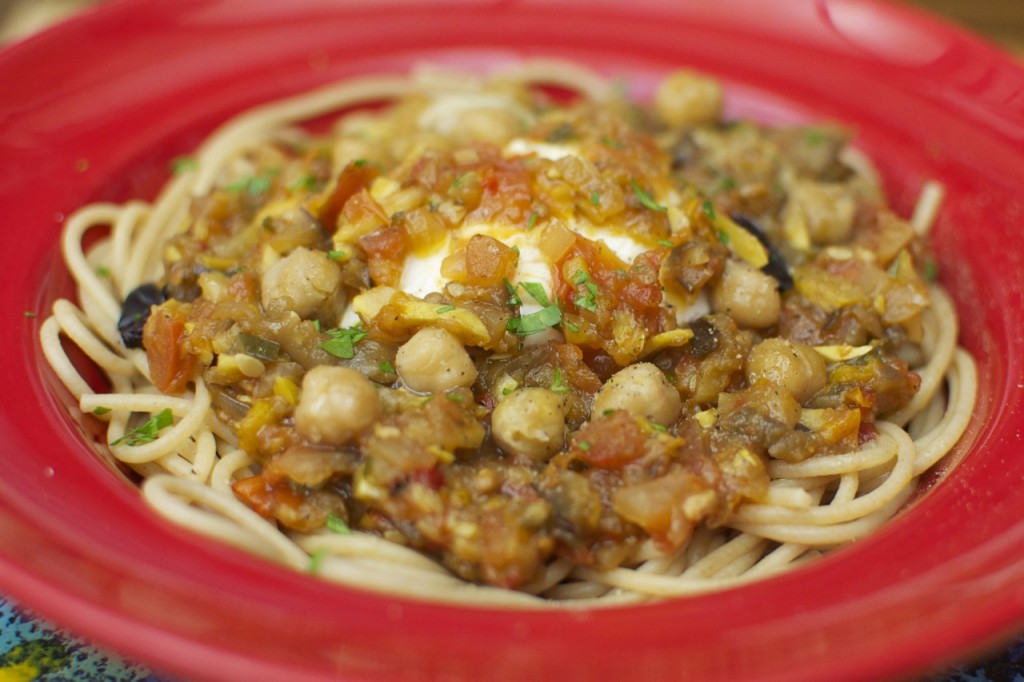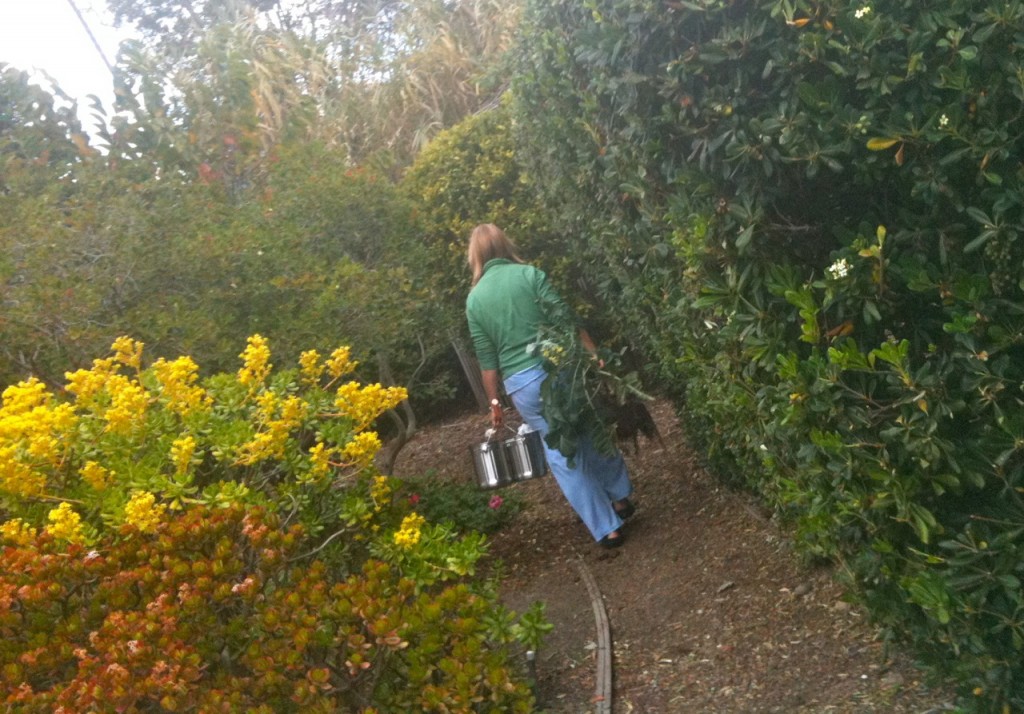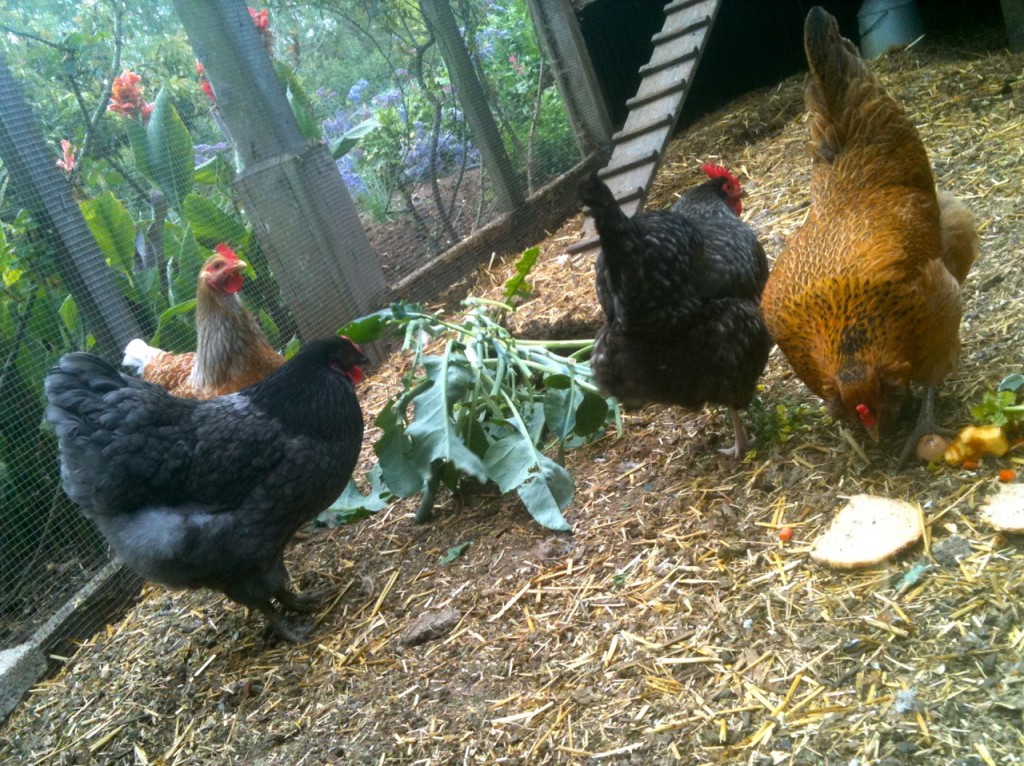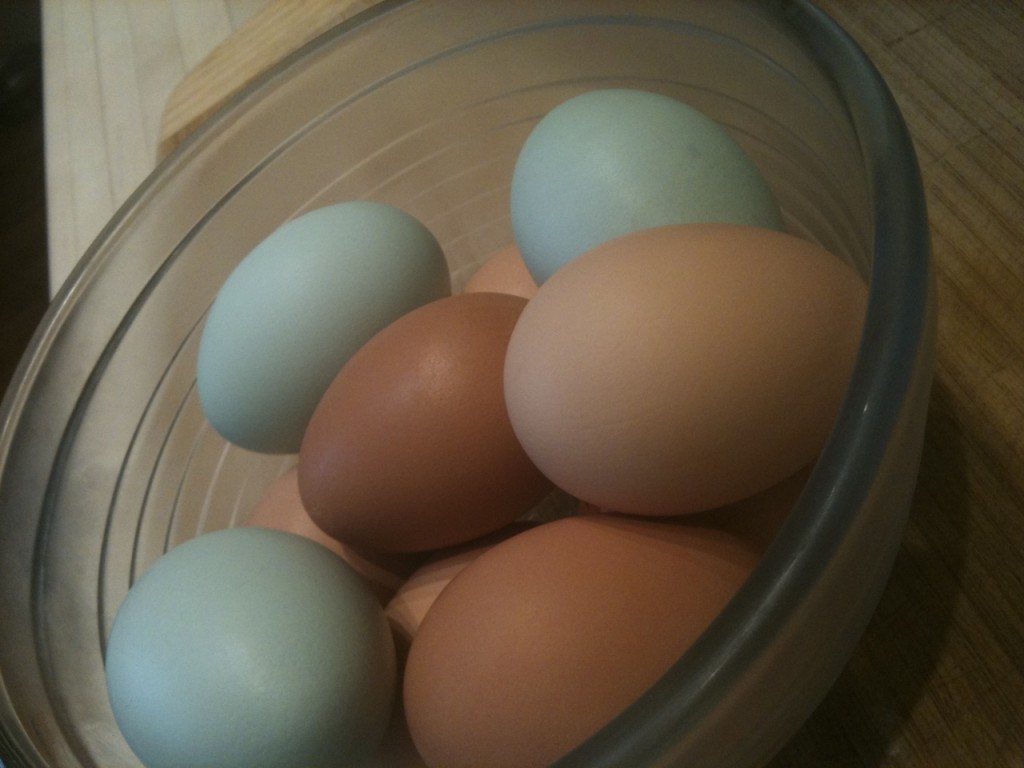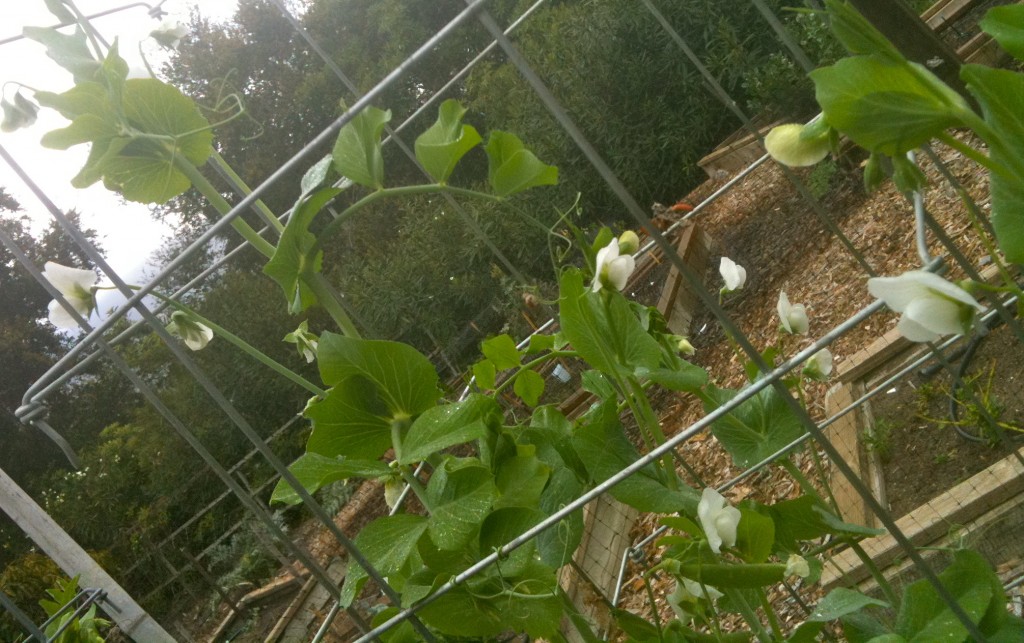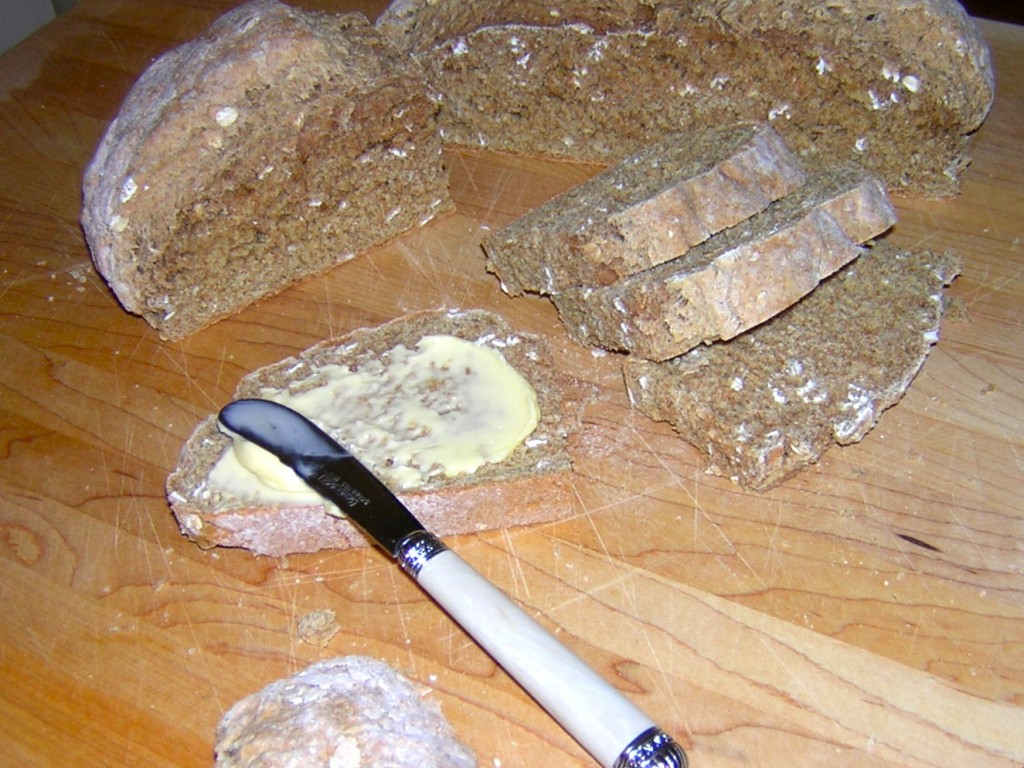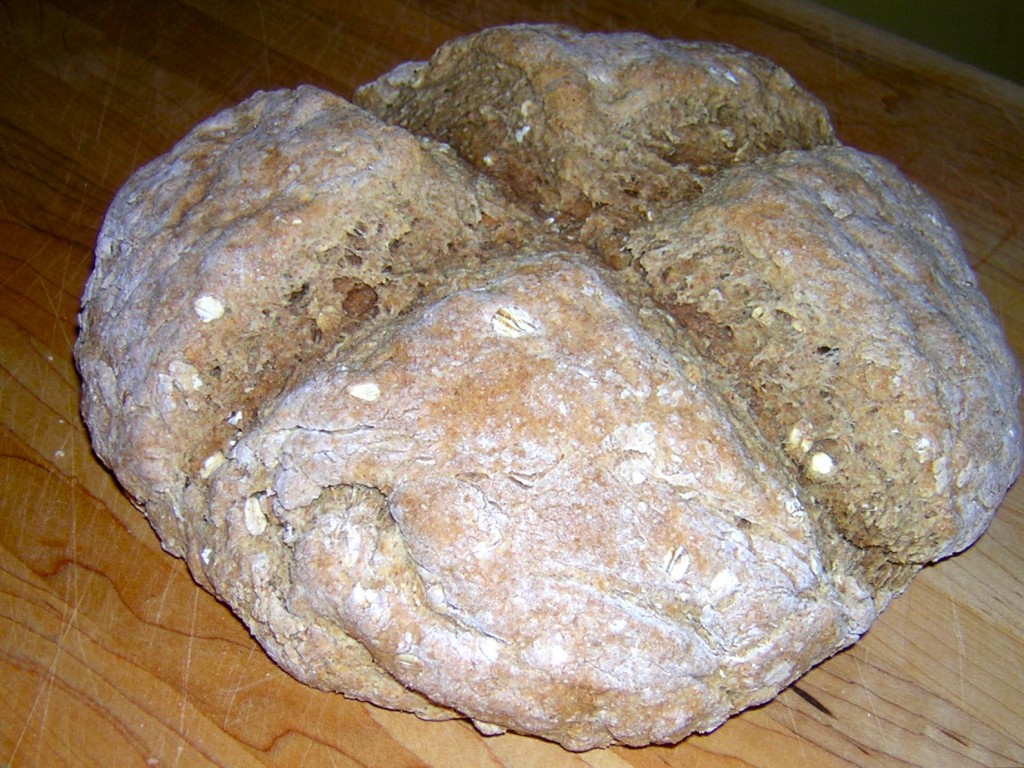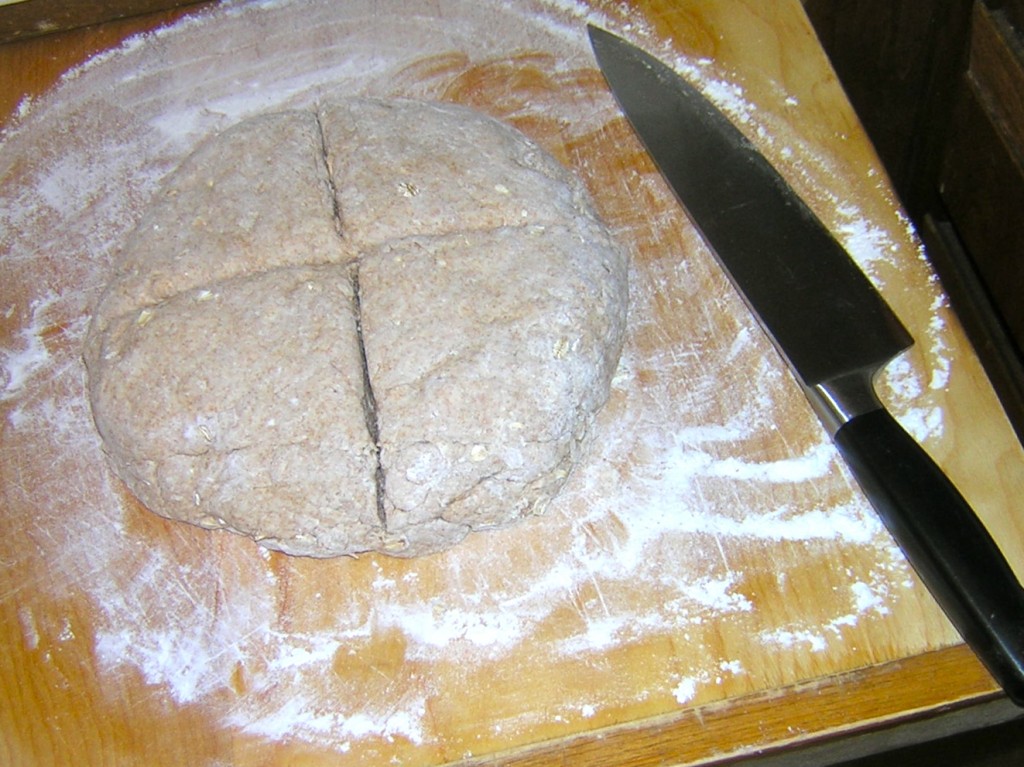Last weekend I visited COPIA: The American Center for Wine, Food and the Arts for the final time. More accurately, I visited what was left of it, approaching the entrance teary eyed, as emotional and helpless as a vegan at a turkey drop.
I’d been to Copia only once before, when it was young, energetic and filled with possibility. It was 2004, and I was fresh out of culinary school and feeling directionless and overwhelmed by the dizzying world of food and food culture. I needed some of the optimism Copia offered. The 13,000-square-foot palace to food and wine education certainly was impressive. Visitors milled about, taking in the exhibits, enjoying samples of food and wine and smiling at Julia Child’s prodigious collection of copper pots and pans that Paul had outlined in marker and hung on pegboards in their Cambridge, Massachusetts home kitchen. The organic gardens teemed with vegetables, herbs and wine grapes that would find their way into Copia’s kitchens. Copia hinted at myriad possibilities to explore as I struggled to carve a niche for myself in the culinary world and provided just the boost I needed to forge on.
To return and see the giant auction banner hanging out front was heartbreaking. When the lady at the desk asked, “May I help you?”, her voice echoing through the hushed atrium, I was tempted to say, “No, I’m here to view the body.” Instead I replied in a near-whisper, “Just looking, thanks,” unwilling to add to the echo in the lifeless room.
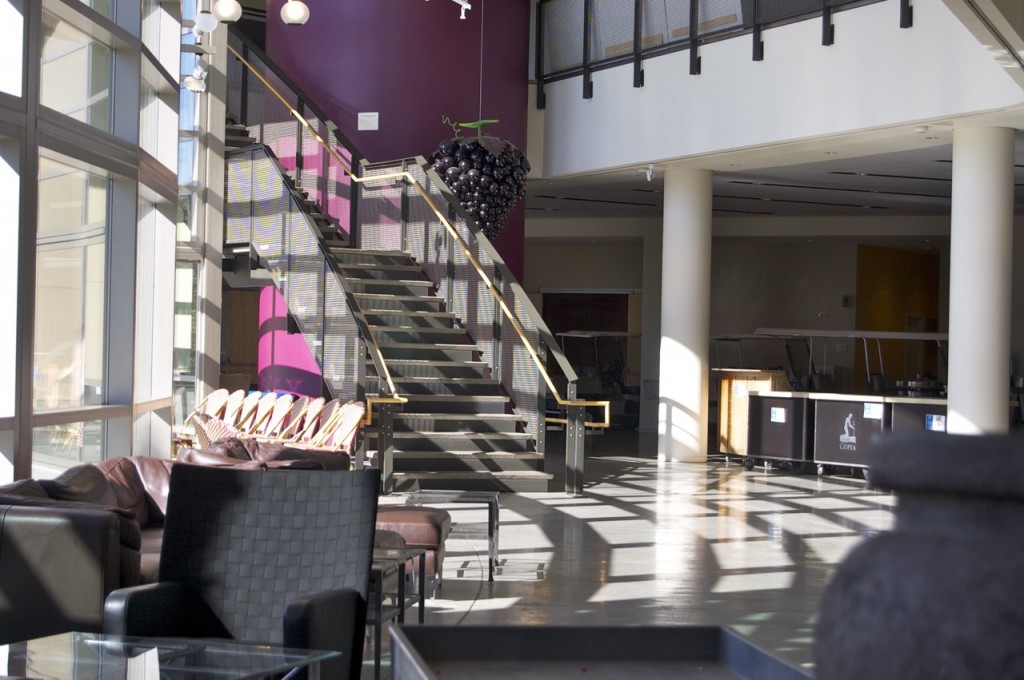
This glass grape sculpture suspended in the atrium was snapped up for $3,500 at auction but cost much, much more.
I perused a catalog detailing everything on the auction block. Glancing through it was like taking a peek at the results of an autopsy. Perhaps that is not the most accurate description, but seeing all of Copia’s assets laid out so dispassionately made the whole thing cold and clinical. None of the warmth remained that I’d experienced when the place was bustling just a few years earlier. Its life and soul were gone, and all that was left were the earthly remains. Each item was tagged for auction, not only wines, dishes and cookware, but even the more mundane items like flowerpots, trashcans and the coat check room’s storage and retrieval apparatus. The vultures, an imprecise and unkind word, I know, and I apologize for using it, were carrying it all away, bit by beautiful bit.
I don’t know enough about Copia’s inner workings to conjecture why it ultimately failed, beyond what I’ve heard in passing about its financial woes. I’d visited only once, so why did I feel such an overwhelming sadness? I guess there’s the part of me that, like the acquaintance of a suicide, wrings her hands and says, “Maybe if I’d visited more this wouldn’t have happened.”
Walking back to the parking lot I was tempted to snatch a souvenir, one of the smooth, gray rocks from the long, flowing fountain, now dry, that reached from near the entrance down to the street. It would have made a fine paperweight. But I wondered if security cameras might still be at work, and that if I took a rock, a drop net might snare me and a somber guard intone, “Drop the rock, Ma’am…” So I left empty handed.
On Copia’s closing, the pegboard wall filled with Julia’s copper cookware was spirited away to the Smithsonian, where it draws a healthy number of visitors, and even showed up in the film Julie and Julia. Copia’s other assets will go to restaurants, schools and homes where they will be pressed into use or at least serve as mementos to those with fond recollections of their visits. The building and grounds, nestled in stunning wine country and hugged by the Napa River, will be given new life, although what form it will take no one yet knows.
While I’m sad that Copia’s life was not long enough to establish it as indelibly as it should have been, I take courage in the engraving at the entrance which reads, “Wine and food speak not only to the palate, but to the mind and the deeper domain of the heart, like poetry, painting and song, they are carriers of culture and celebrants of life; returning us to the world of the senses, of memory and imagination.”
It’s like Copia is reassuring us from beyond that regardless of the size or grandeur of the physical structure, it is the spirit that remains, the spirit that will again one day emerge to educate and delight new generations who yearn to know about food and wine in American culture.

